Saildrones to sail for science
Published on March 24th, 2018
A fleet of wind and solar-powered autonomous vehicles will soon be setting off on a mission to capture valuable ocean data. Known as Saildrones, the high-tech, unmanned vehicles will be at sea for up to twelve months and are an element of a commonwealth and industry funded research portfolio.
Their mission is to measure and monitor sea-surface temperature, salinity, ocean carbon, and biota – helping to paint a more detailed picture of the ocean off the Gippsland coast in Victoria, Australia.
The research will see the Saildrones deployed as part of research to test and validate technologies used for future carbon capture and storage (CCS) projects. They will depart from Hobart by April.
“Our partnership with Saildrone and the Australian Government builds on our investment in marine research infrastructure for the nation and supports CSIRO’s strategy for cutting-edge research which facilitates the monitoring and mitigation of climate change,” CSIRO Chief Executive Dr Larry Marshall said.
“Industry partnerships are critical to innovation and are at the heart of our mission as Australia’s national science agency.
“The fleet of Saildrones may be small in stature, but their ability to autonomously monitor and collect rich streams of data at sea for up to twelve months makes them truly unique in terms of the value they can deliver industry, the research community and ultimately our biggest customer – the nation.”
Saildrones, developed in Northern California, are remotely controlled and their systems can be accessed from anywhere in the world using an iPhone. This means they can be reprogrammed to collect different types of data quickly instead of coming back to shore to change over equipment or sensors.
Saildrone founder and CEO Richard Jenkins said CSIRO provided a unique opportunity for marine research collaboration in the Southern Hemisphere.
“Saildrone and CSIRO share the same passion for innovation and engineering to help solve some of the most challenging problems facing the world.”
CSIRO has equipped each Saildrone with a powerhouse of ocean chemistry, meteorological and marine acoustic sensors. These sensors will capture and send live data back to the research team to analyse.
“We have never had an opportunity like this before,” said CSIRO scientist Dr Bronte Tilbrook. “By combining advanced sea faring sensing technology, we will be able to capture more data over longer period of time and provide credible information back to government, industry and the community. The array of sensors also allows us to deploy Saildrones for unique and complex tasks.”
Whilst two Saildrones will collect data in the Gippsland Basin that will inform methods for monitoring future CCS sites, the vehicles can also be deployed to future studies in hard to reach places, like the Southern Ocean, where unprecedented climate and ocean data can be collected.
Saildrones have been acquired through funding provided by the CO2CRC and the Australian Government’s Education Investment Fund Support for Clean Energy Research Infrastructure.
Source: www.csiro.au


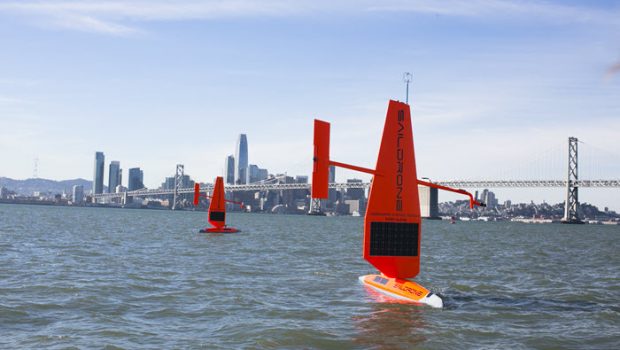

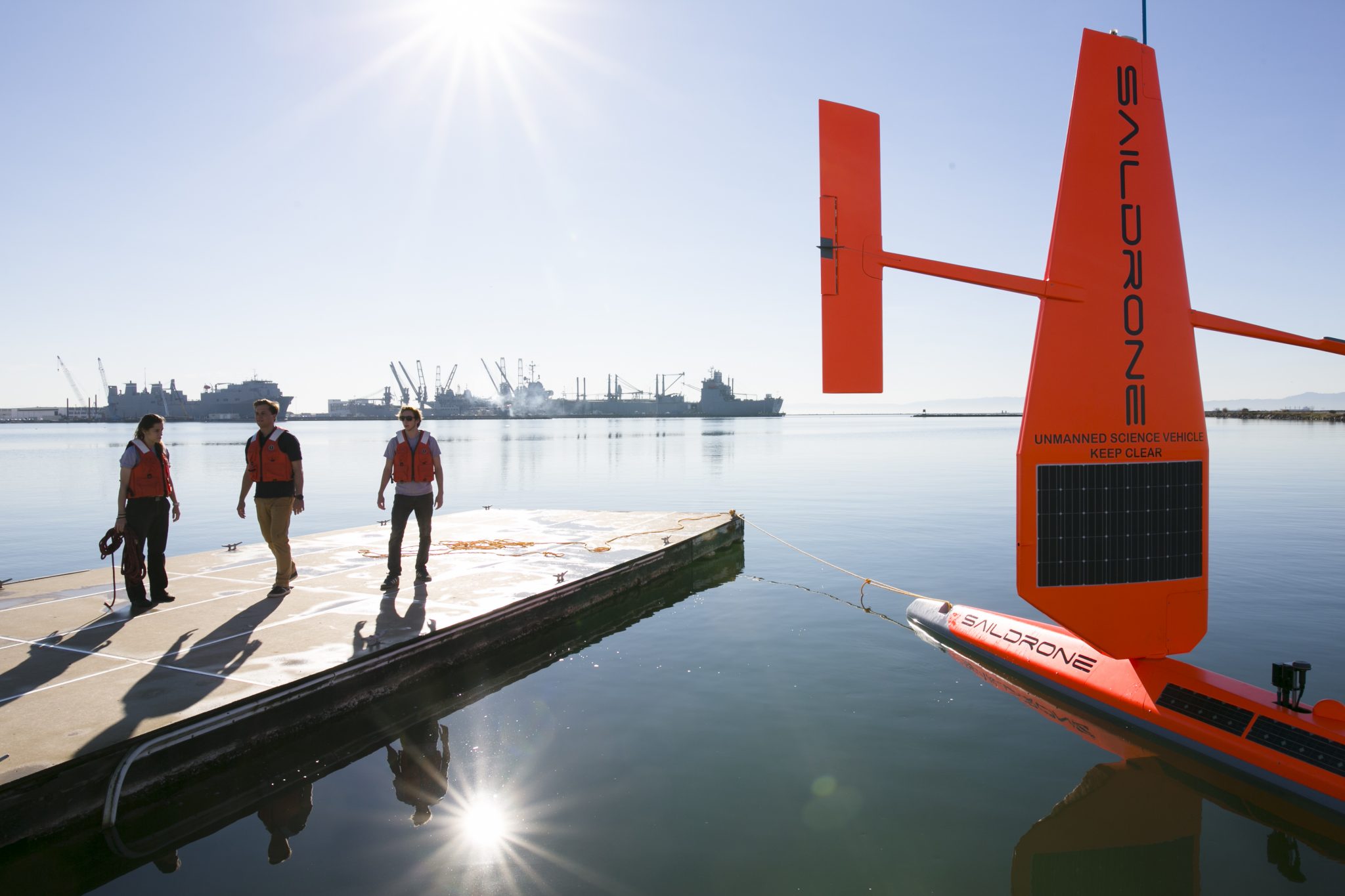

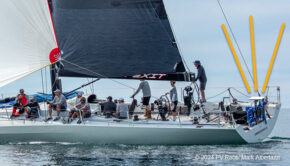
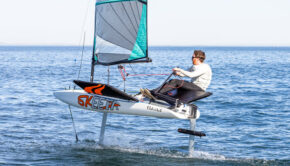
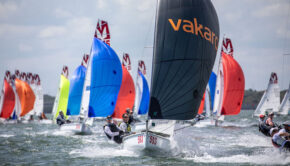
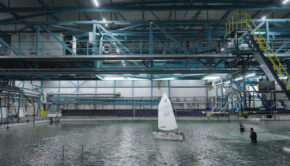
 We’ll keep your information safe.
We’ll keep your information safe.